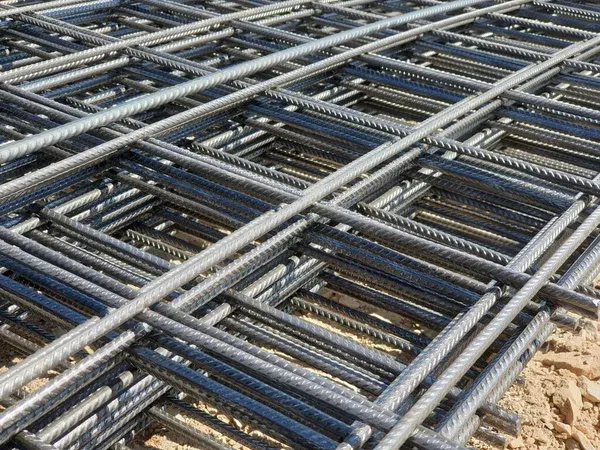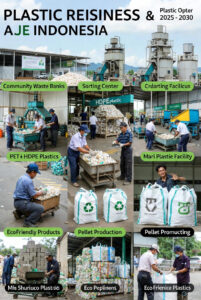
1. What Is Rebar (Reinforcing Bar)?
Rebar, short for reinforcing bar, is a steel bar used to strengthen and support concrete structures. Concrete is strong in compression but weak in tension—this is where rebar comes in. By embedding steel bars within concrete, the combined material gains both compressive and tensile strength, resulting in a more durable and stable structure.
Rebar is essential in almost every construction project, from small residential buildings to massive infrastructure such as bridges, tunnels, and highways.
2. Types of Rebar
There are several types of rebar, each designed to serve specific structural needs. Below are the most common ones:
- Mild Steel Rebar (Plain Bar)
Smooth-surfaced bars commonly used in small-scale projects. They are easy to cut and bend but offer lower bonding strength compared to deformed bars. - Deformed Steel Rebar (Ribbed Bar)
Features ridges or lugs along its surface to improve bonding with concrete. It is the most widely used type in modern construction. - Stainless Steel Rebar
Resistant to corrosion, making it ideal for marine or coastal environments where exposure to moisture and salt is high. - Epoxy-Coated Rebar
Coated with a protective epoxy layer to prevent rust and corrosion. Frequently used in bridges and parking structures. - Galvanized Rebar
Dipped in zinc coating for corrosion resistance. Slightly more expensive but offers excellent longevity. - Glass Fiber Reinforced Polymer (GFRP) Rebar
A non-metallic alternative that is lightweight, non-corrosive, and ideal for highly corrosive environments.
ALSO SEE : The Ultimate Guide to Tea: Types, Benefits, and Brewing Tips
3. Functions and Benefits of Using Rebar
Rebar plays a crucial role in enhancing concrete performance. Its main functions include:
- Improving tensile strength – prevents cracking under tension.
- Increasing durability – helps structures withstand heavy loads and vibrations.
- Enhancing safety – reduces the risk of structural failure.
- Extending lifespan – when properly installed and maintained, rebar-reinforced concrete can last for decades.
4. How to Choose the Right Rebar for Your Project
Selecting the correct rebar type depends on project requirements, environmental conditions, and structural design. Consider the following factors:
- Load requirements – determine the bar size and grade.
- Exposure conditions – use corrosion-resistant rebar for coastal or humid areas.
- Budget and lifespan – stainless or epoxy-coated rebar costs more but provides long-term savings.
- Compliance with standards – always check if your rebar meets local quality standards such as ASTM, BS, or SNI.
5. Rebar Installation Best Practices
Proper installation is key to maximizing the benefits of rebar reinforcement.
Here are some best practices:
- Maintain correct spacing between bars.
- Ensure proper concrete cover (minimum 25–50 mm, depending on design).
- Tie bars securely to prevent displacement during pouring.
- Avoid contamination or rust on the bar surface before use.
6. Conclusion
Rebar (reinforcing bar) is the backbone of modern construction. It transforms plain concrete into a durable, load-bearing material capable of withstanding immense stress. Whether you’re building a simple home foundation or a large-scale bridge, choosing the right type of rebar and installing it correctly ensures structural safety and long-term performance.





